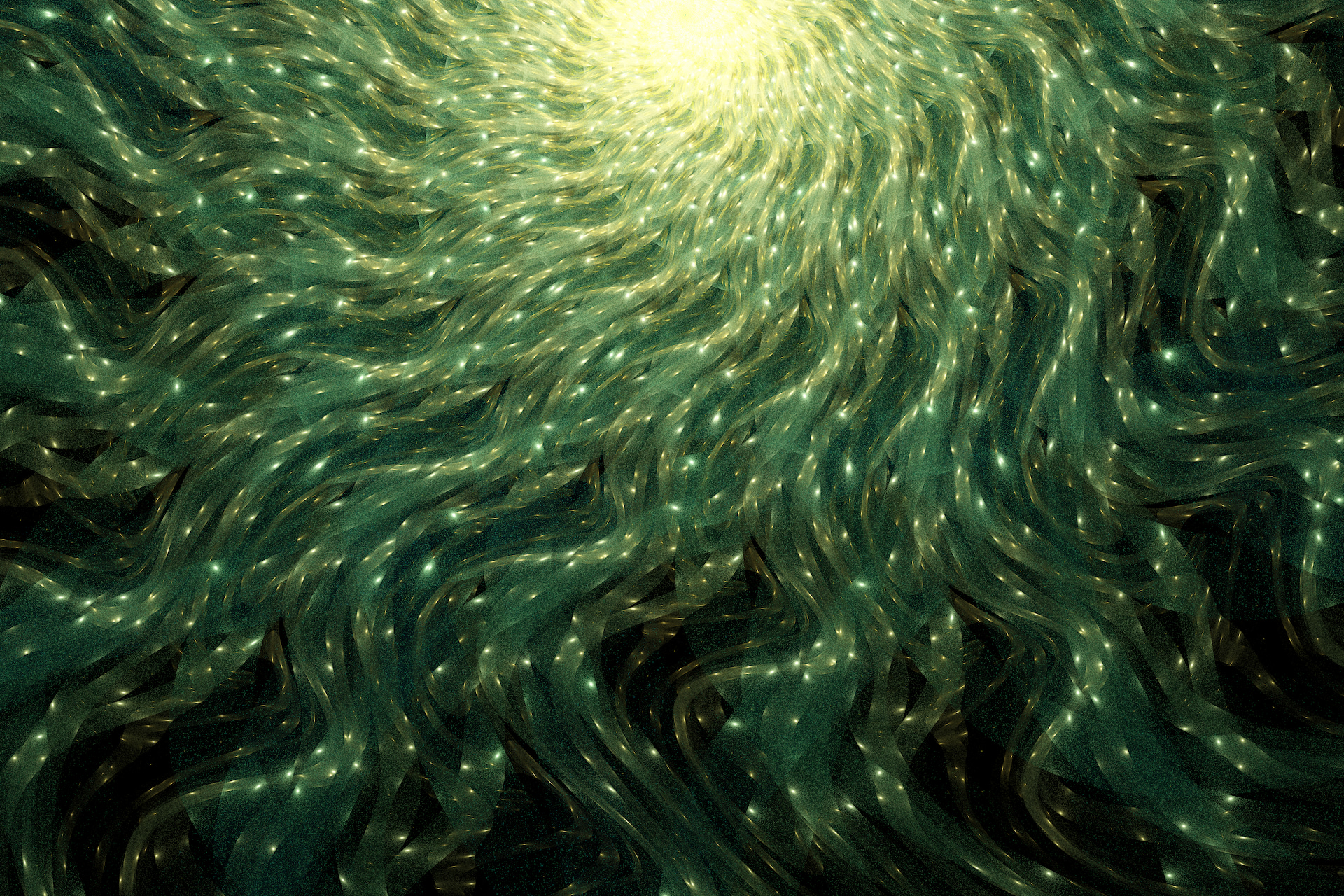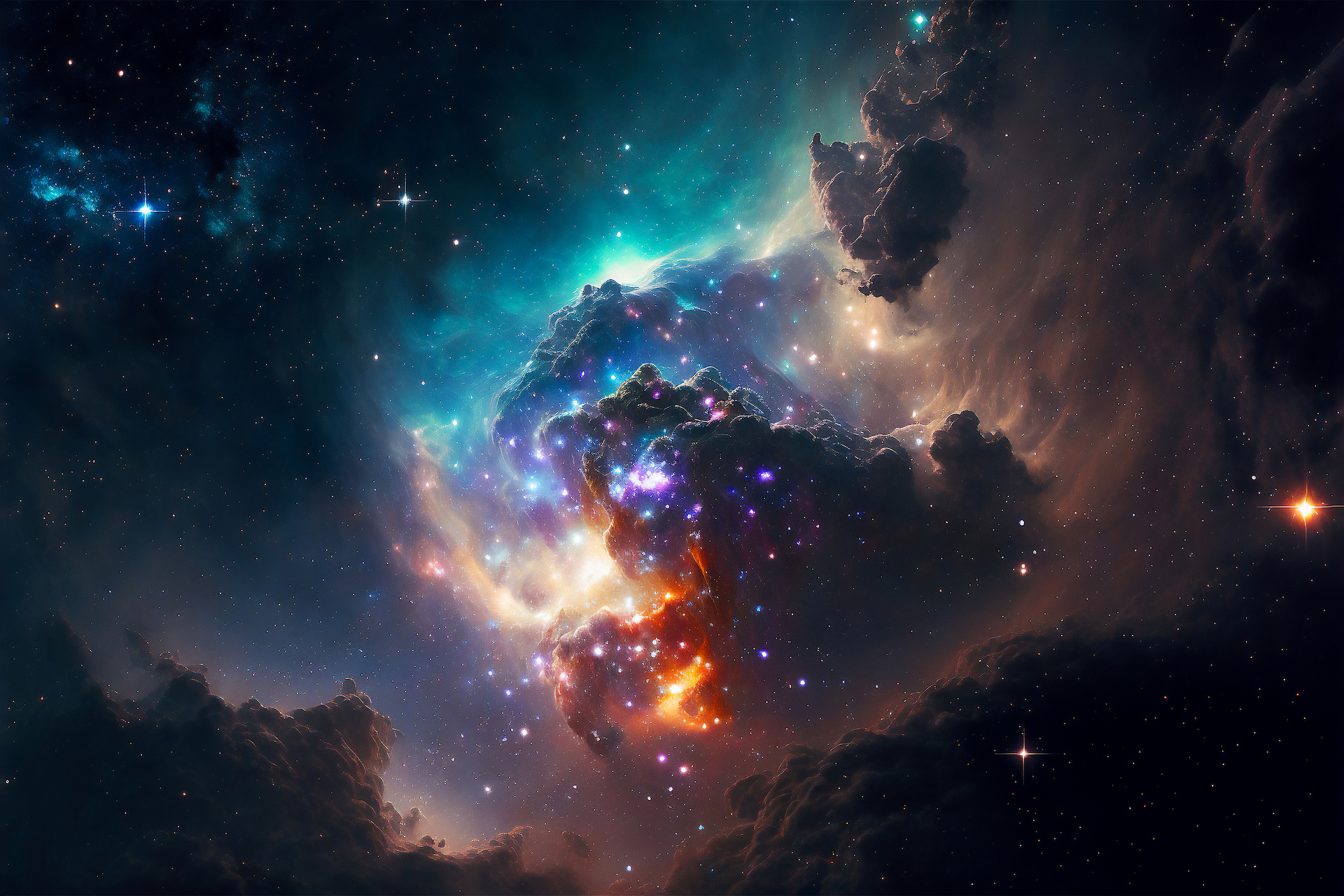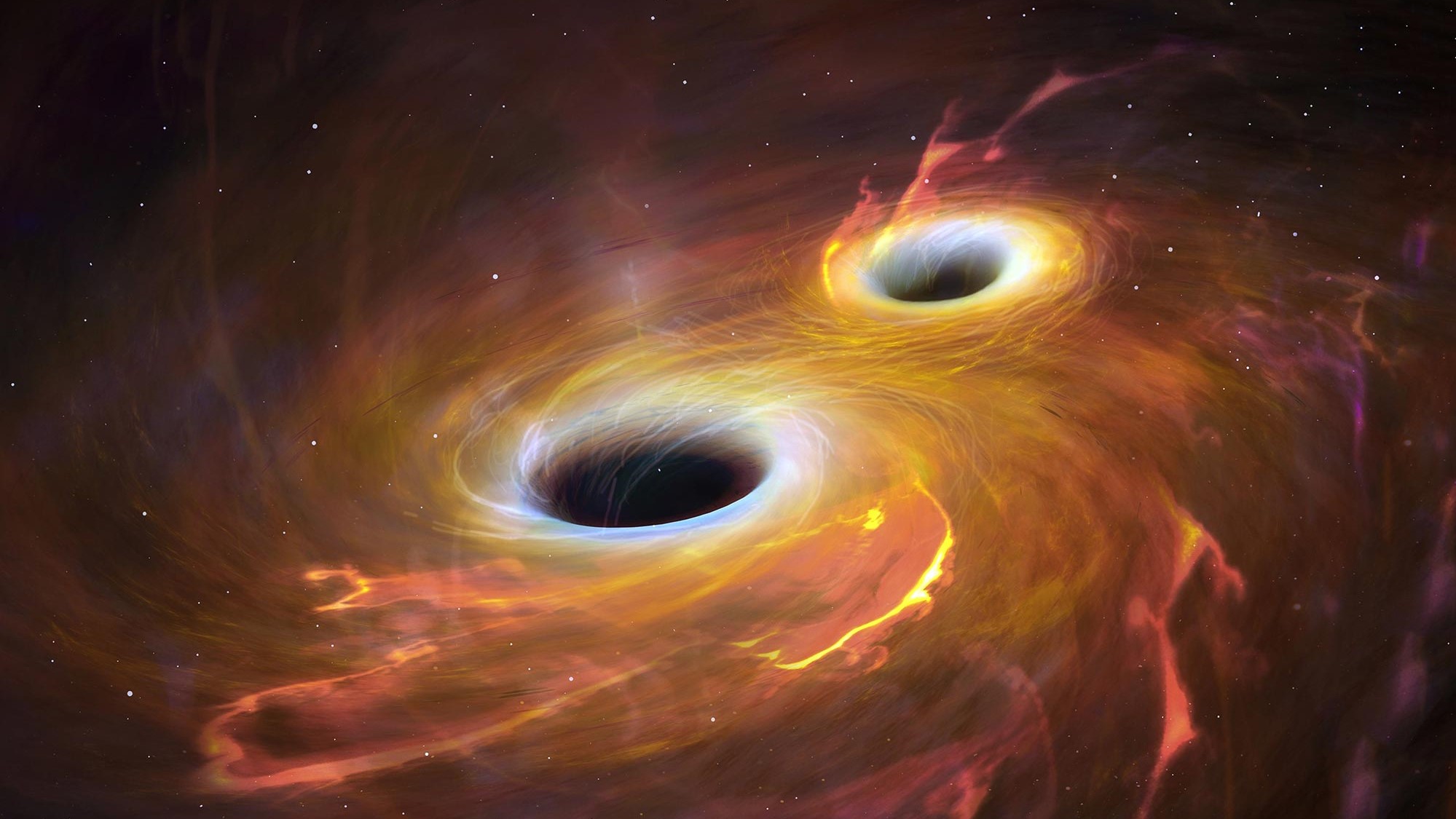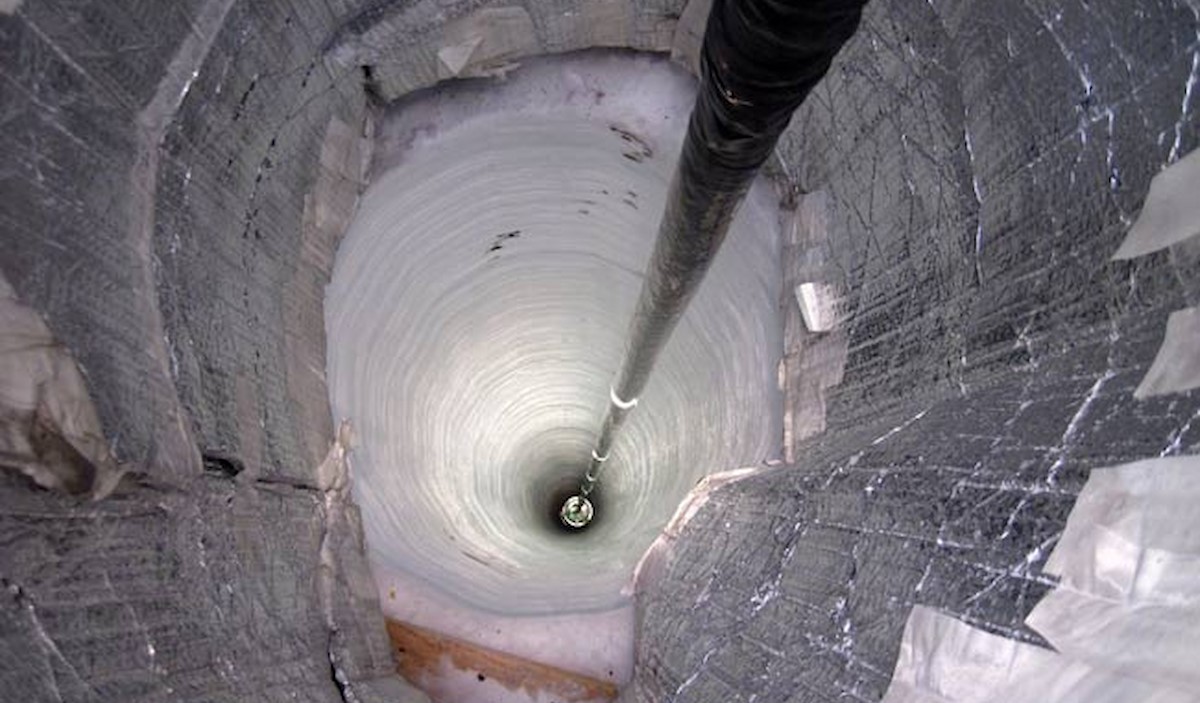Identified as neutrinos, these tiny subatomic particles carry minimal mass and lack electric charge. Often referred to as “phantom particles,” this is due to their ability to glide without leaving a mark through gases, dust, and even celestial bodies. High-energy neutrinos traverse indiscriminately across the universe, relaying details about far-off locations. Yet, the origins of these particles have usually been enigmatic.











